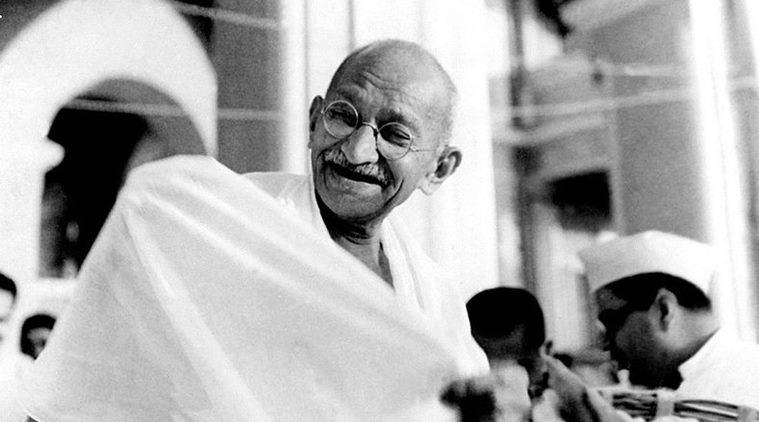 Mahatma Gandhi
Mahatma Gandhi
Gandhi felt his end was near. He had lost the wish and hope to live the full span of life “in view of the prevailing darkness”. If, however, people ushered in a new era of peace and amity, he would “be ‘commanded’ to wish to live the full span”, he told Margaret Bourke-White on January 29. Days and hours before his assassination, as he repeatedly referred to it, he must have been ruminating on death, which he often called the great friend.
Economy was a virtue for Gandhi, and he would not leave even the obverse side of an envelope unused. Would he have seen death as something to be put to good use? We speak of his death in terms of martyrdom, as his final sacrifice in his life-long yajna. What were his own thoughts? He possibly started the decidedly stoic practice of contemplation of death during the civic resistance struggle in South Africa. The Gita and its message of the eternity of soul, along with the death of Socrates and Jesus Christ offered him a way of making sense of the end of life — as life brought to perfection.
From the Gita, the “perennial guide to conduct” for him, he derived his philosophy as a way of life and also of death. He believed it was composed “to remove the fear of death”. Speaking on the shraddha day of C R Das in Kolkata in 1925, he singled out this verse: “What is non-Being is never known to have been, and what is Being is never known not to have been. Of both these the secret has been seen by the seers of the truth.” (Gita, II, 16) He then added, “If Hinduism has asserted anything in the clearest possible terms, it is that the body and all that we behold is asat.”
Opinion | Rajamohan Gandhi writes: CAA doesn’t carry out Mahatma Gandhi’s wishes, it brazenly defies them
In 1904, exhorting the Indian community in South Africa to strengthen the movement, Gandhi spoke of sacrifice as “the law of life”, running through and governing every walk of life. “We can do nothing or get nothing without paying a price for it, as it would be said in commercial parlance or, in other words, without sacrifice. It would secure the salvation of the community to which we belong; we must pay for it, that is, sacrifice self. …Christ dies on the Cross of Calvary, and left Christianity as a glorious heritage.” The image of Christ crucified endured with him. After seeing a painting of the crucified Christ in the Sistine Chapel of Rome, he commented, “I saw there at once that nations like individuals could only be made through the agony of the cross and in no other way”.
Gandhi was so moved by Plato’s Defence and Death of Socrates, that (as with John Ruskin’s Unto This Last) that he paraphrased it in Gujarati for the readers of the Indian Opinion in 1908. “Ek Satyavirni Katha Athva Socratesno Bachav” notes, “I want to explain to you the meaning of death as I see it. Believe that what has happened to me is a good thing and that those who believe that death is an evil must be mistaken.”
Gandhi acknowledged many interpretations of the term yajna, but saw only one meaning acceptable to all faiths: “To be ready even to lay down one’s life for true welfare.” “Life comes out of death. A seed must disintegrate under earth and perish before it can grow into grain. Harishchandra went through endless suffering to honour his word as a man of truth, Jesus put on a crown of thorns to win salvation for his people, allowed his hands and feet to be nailed and suffered agonies before he gave up the ghost. This has been the law of yajna from immemorial times. Without yajna this earth cannot exist even for a moment.”
The yajna he had in mind in 1948, amid the aftermath of Partition, was aimed at nurturing Hindu-Muslim unity. Offering something we value in order to keep the universe in balance is yajna. What can be more valuable than life itself? This has an interesting parallel in western philosophy. The French philosopher Brice Parain argued that the Logos (language and rationality) is constantly under threat of disorder, as in thermodynamics. The only way to sustain the Logos is the death of an individual. He was referring to the death of Socrates.
This article first appeared in the print edition on February 10, 2020 under the title “In Good Faith: In His End, A Message.” The writer is a Delhi-based journalist